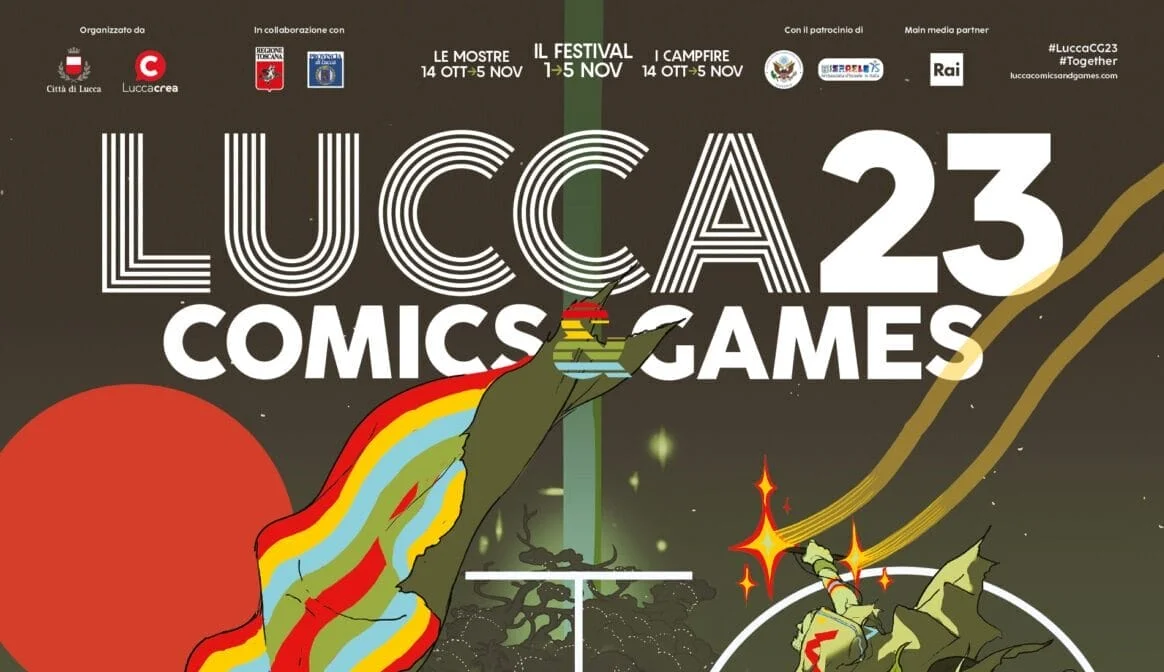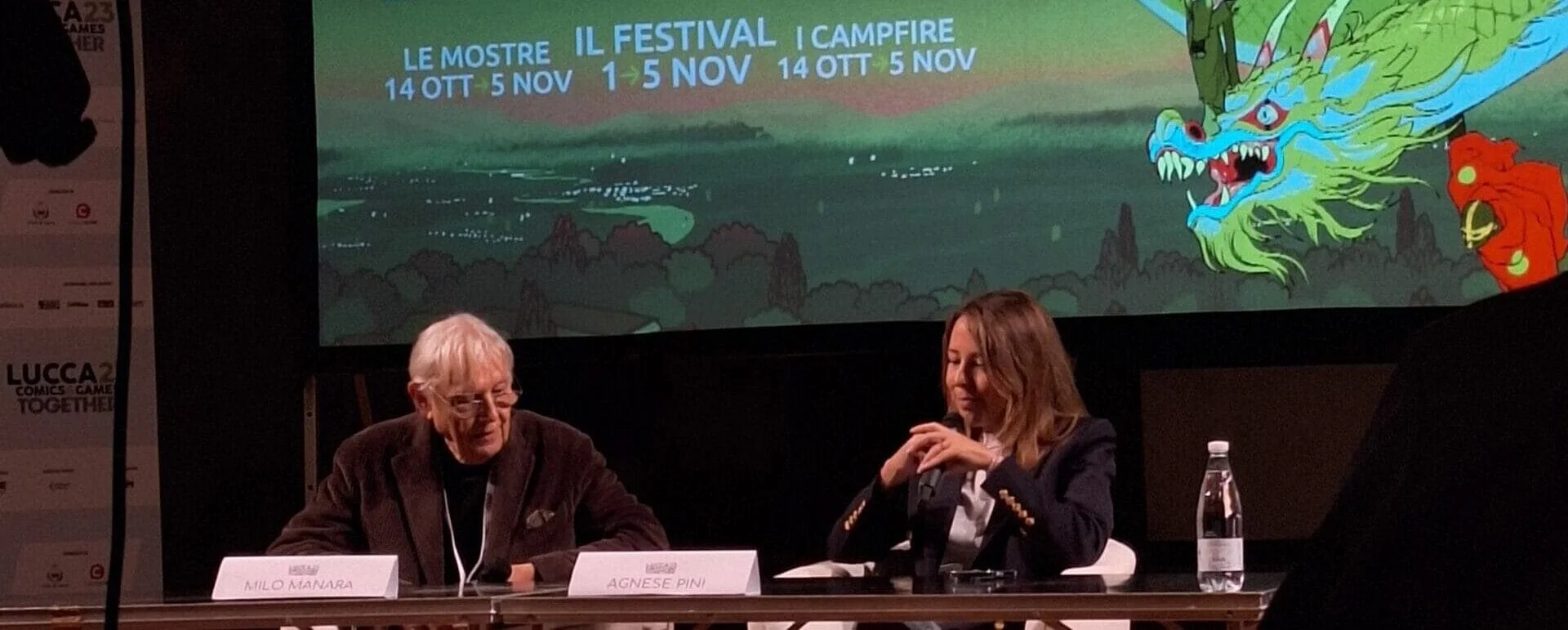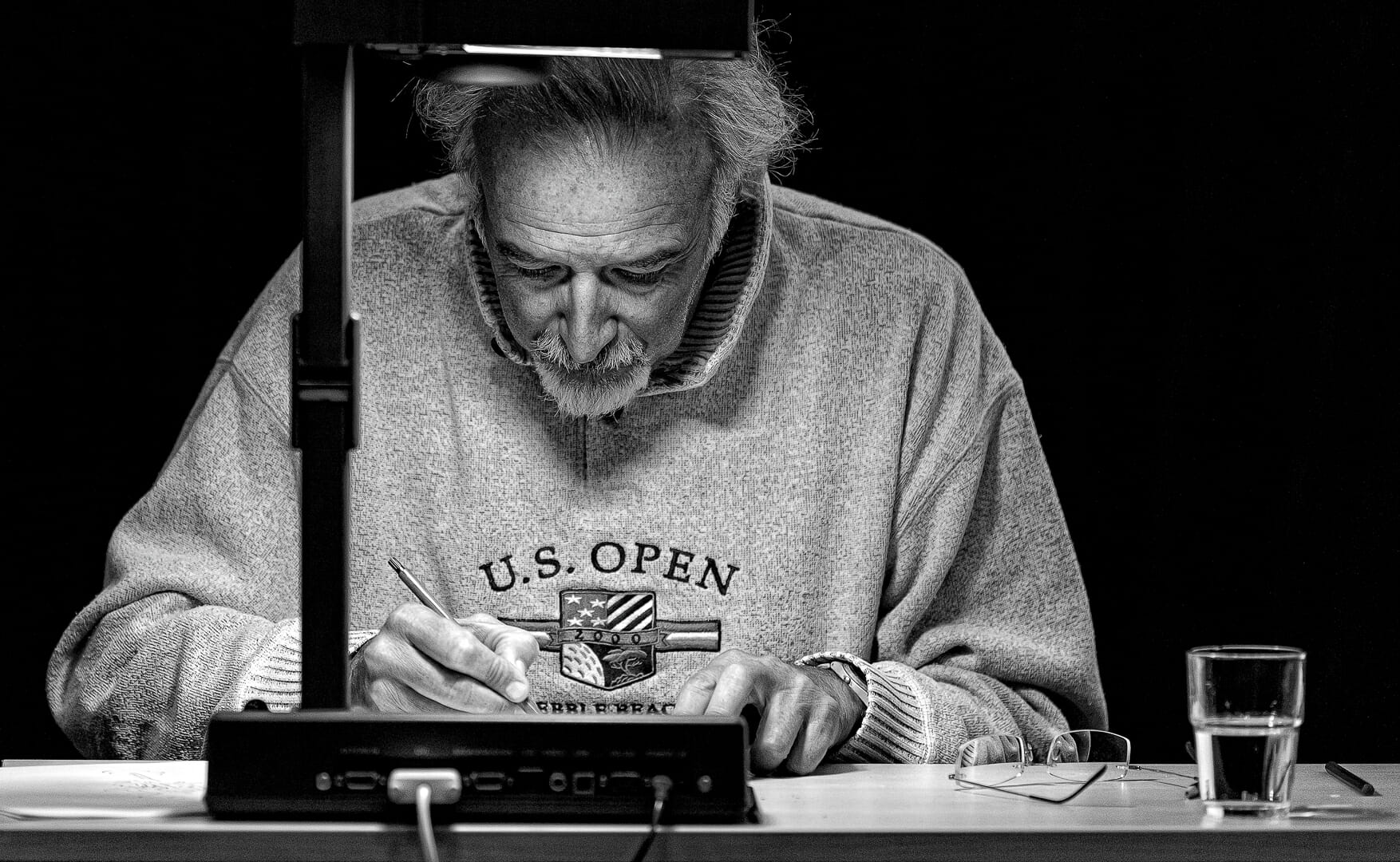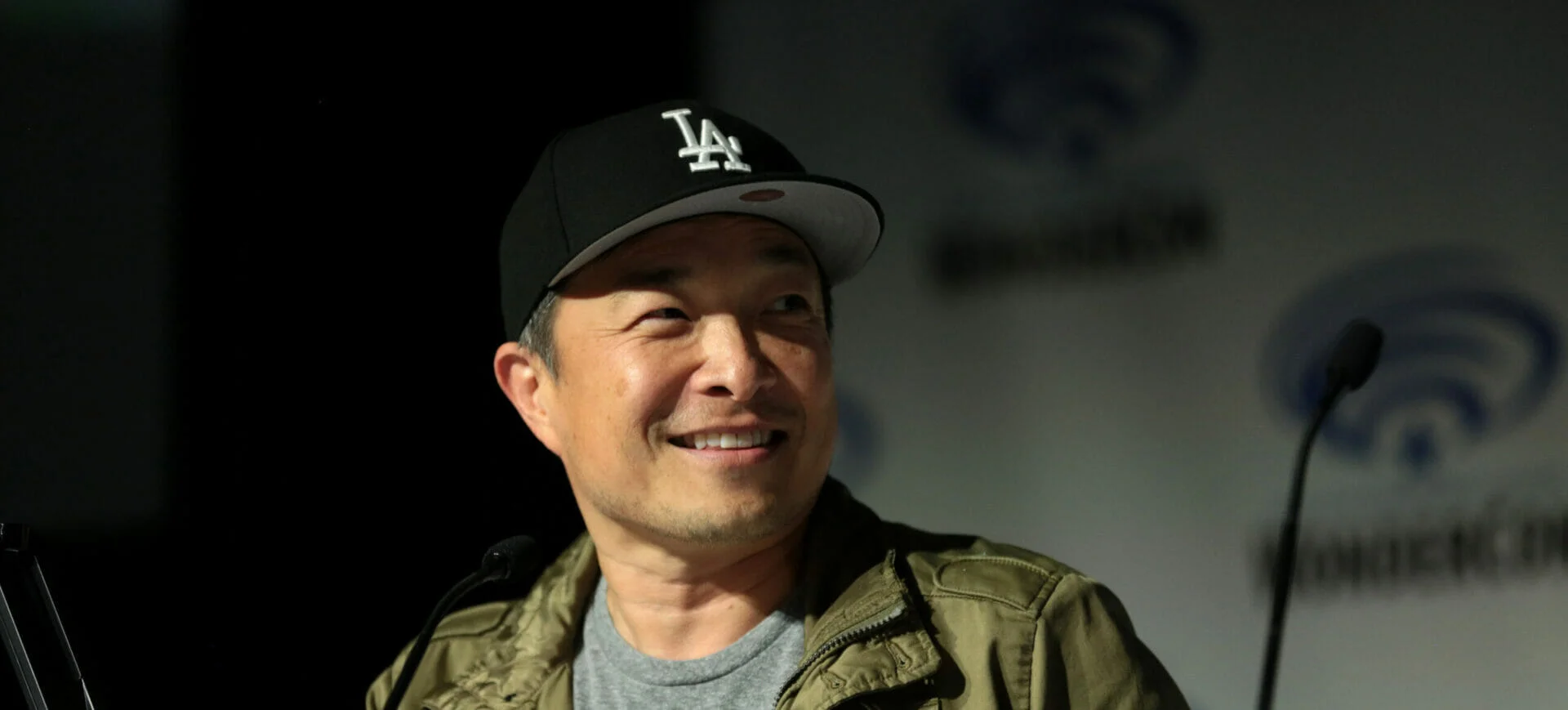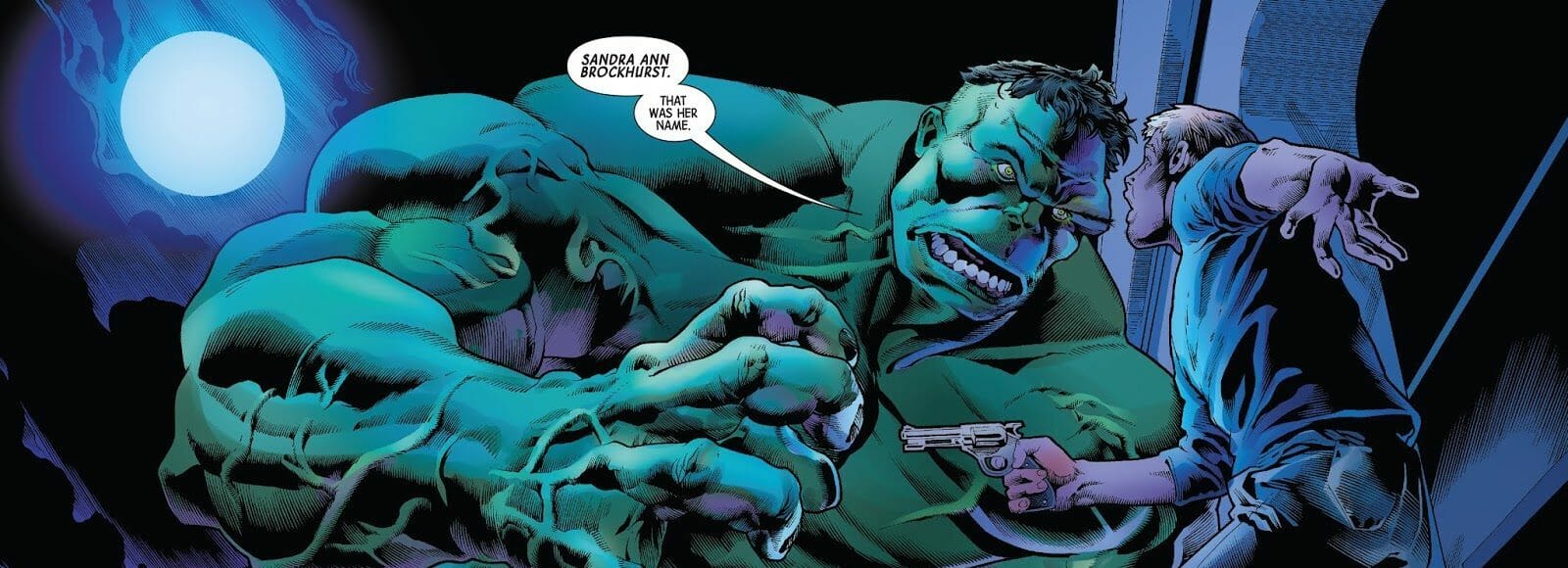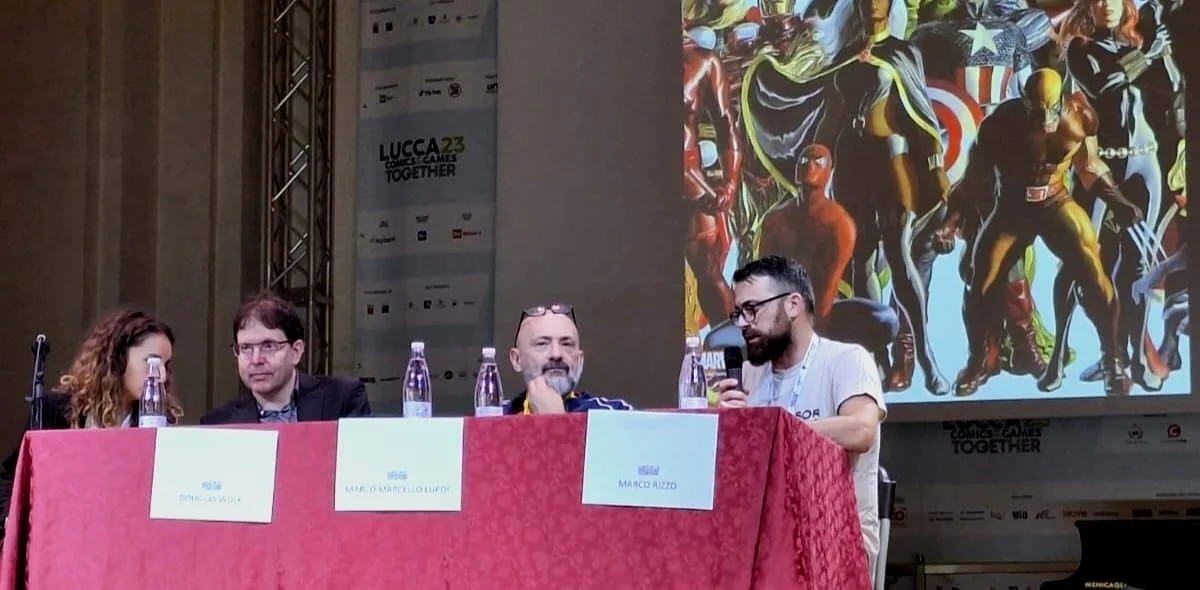
All of the Marvels: A Journey to the Ends of the Biggest Story Ever Told is the title of the book of Douglas Wolk, winner of the Eisner Award. It is a book in which the entire Marvel‘s comic saga is concentrated. To create this work, Wolk overcame an even harder challenge: reading every comic, that is 27,000 comics, that Marvel published from 1961 to date in only seven years.
Where did he get the idea to start this adventure? The author explained it during an event at the annual comic book convention called Lucca Comics & Games 2023. The event took place with Marco Marcello Lupoi, editor-in-chief of Panini Comics and with the Italian journalist, editor and writer Marco Rizzo as moderator.
- Exploring Marvel’s comics world
- The journey of Douglas Wolk
- Representation and identification in comic books
- Squirrel Girl: half girl, half squirrel
- Growth, failures and payback of Spider-Man
- Shang Chi and Night Nurse, the evolution of secondary characters
- Night Nurse and the Marvel Superheroine Universe
- Captain America and the stories of Dark Reign
Exploring Marvel’s comics world
The impulse of new readers to comprehensibly start the exploration of Marvel comics from the original story of the Fantastic Four, which is the first superhero comic book of Stan Lee and Jack Kirby. It is recommended only if you were 10 years old in 1961 and you found yourself in front of a news-stand with 10 cents. Otherwise, a contemporary reader may appreciate it after they become aware of the previous works of its creators and their future direction.
Douglas Wolk, All of the Marvels: A Journey to the Ends of the Biggest Story Ever Told p.79
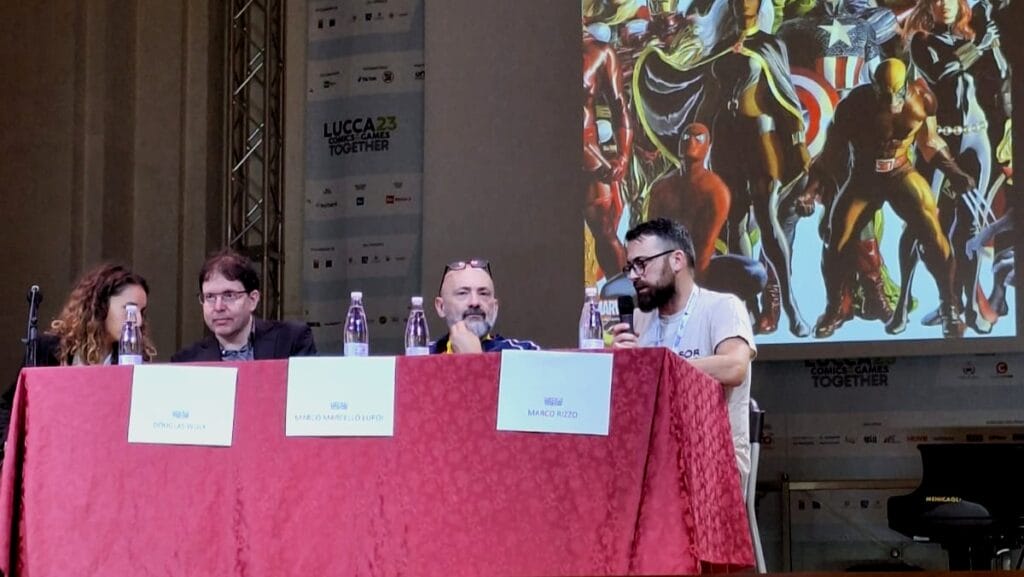
Indeed, Wolk’s book starts with Fantastic Four no. 51, so 51 issues after the origin story.
” You have to start from a point, I decided to start from there – the author said – I believe that in this number Kirby created a sort of incredible collage. A starting point from where you can reach all the other points, an explosion of reading opportunities. You can get everywhere by starting from that number. Furthermore, the creation of this universe gives you the possibility of reading the stories in whatever order you prefer. So I did. If I had followed the chronological order of the publications, I would probably have gone crazy”.
The journey of Douglas Wolk
Douglas Wolk’s idea began seven years ago, in 2016. His ten-year-old son did not show any interest in superheroes’ comic books. The kid considered them to be only a passion of his father, until he started to understand the complex mechanism behind these works.
“My son came to me and asked if we could read them together. Three months later we had read about one hundred comic books. So I asked myself: what if I read them all? The idea started there”.
In the first pages of the book Wolk explains what this book is and what it isn’t:
This book rejects certain aspects of the community that reads comic books, specifically those who try to limit its access only to white straight men. People who are surrounded by boxes full of old comics. People who are convinced that everything has to stay exactly as when they were children. The only gatekeeper who can stay around comic books are those who assure that the gate stays open to whoever wants to have fun.
Douglas Wolk, All of the Marvels: A Journey to the Ends of the Biggest Story Ever Told
“These comic books should bring joy to everyone, as they gave it to me and my friends. Everyone should have access to these gems, these works. Nowadays, it seems as if there is a sort of veil that secretly hides these works. I don’t like it. Everyone should have the right to be happy – Wolk says – everyone should have the right to join the party”.
Representation and identification in comic books
“All of us can identify with every character. The identification starts because of what the person hears, regardless of the sex, the ethnicity or the age of the character. The representation is something different though. It is an upgrade when you see something that represents you, it’s like saying I exist“. Marco Marcello Lupoi took as an example the character of Miles Morales a latin-afro-american teen who is Spider-Man after the death of Peter Parker in an alternate Marvel universe, known as Ultimate Universe.
“If I were a latin or afro-american teen my involvement would be even more visceral. I would recognize my face, my hair and my culture. Those are two fundamental topics: thinking about restricting comics to a patriarchal thing for white straight men… hell no!”
One of the great characters mentioned in the ending of Wolk’s book is Ms. Marvel, Kamala Khan. Marco Rizzo, the Panini Comics’ editor, says: “ Sometimes I think of the incredible story of Iman Vellani. She is a girl with Pakistani origin, who has grown up in Canada with her family. On Halloween she dresses up as Ms. Marvel because she had read the comic. Afterwards, she became Ms. Marvel in the movie and in the tv series. Nowadays, she writes the comics of Ms. Marvel: The New Mutant that we will publish soon”. Moreover, Vellani’s Ms. Marvel is one of the main characters of the new MCU movie The Marvels.
Squirrel Girl: half girl, half squirrel
Douglas Wolk focuses two chapters of his book on two modern superheroines of the Marvel Universe. One is Ms. Marvel, the other is Squirrel Girl.
“They both are incredible characters, and today they do what the Fantastic Four and Peter Parker did many years ago. They represent the current way of thinking and how people act today. Ms. Marvel is devoted to her path and she’s as tragic as Peter Parker was sixty years ago – Wolk says – On the other hand, if I were a Marvel character, I would surely be Squirrel Girl, because she has the power of a squirrel, but, more importantly, she solves conflicts in a non-violent way”.
Growth, failures and payback of Spider-Man
The story of Spider-Man, considering his recurring elements, has always narrated a character that grows, then fails, then grows again a little and then fails again. But in the end he finds a way to be strong and get back on track. The basis of the story is the same in a dozen of movies, various tv series, Broadway’s musical and more than 4,000 comic books. Later on he summarizes some themes of Spider-Man’s stories: the anxiety that surrounds the relationships between fathers and children, the enemies fought in the first 100 numbers written by Stan Lee and Peter’s incapacity to avoid the same schemes and mistakes of the past.
Douglas Wolk, All of the Marvels: A Journey to the Ends of the Biggest Story Ever Told .
Indeed, while Wolk was reading the story and all the comics of Spider-Man, he recognised a recurring series of events: ” Things happened four or five times in the span of sixty years of stories, and it wasn’t intentional, it simply showed the evolution of the story. Who wrote about the character recognized this pattern and carried it on”. Moreover, the author claims that Spider-Man has got a unique motivation and sense of responsibility that we don’t find in any other character. “This sense of responsibility is at the same time the thing that destroys him and the thing that makes him proud, making him get up and go on just like a spider does”.
Shang Chi and Night Nurse, the evolution of secondary characters
In his book, Wolk also dedicates much room to those whom, in the history of Marvel comics, may appear as secondary characters. Among them there is the kung fu master Shang Chi, to whom the author dedicated an entire chapter.
” While I was writing I thought that I could have guided the readers of my book towards my favourite characters. At the same time I thought that I could have guided them towards different characters – Douglas Wolk said – Therefore, I came back to Shang Chi, the kung fu master. I noticed that, compared to the 70s, the character changed, for better or worse. This is a problematic comic, but it is at the same time fantastic and intelligent. Shang Chi was written for 10 years by the same writer with various artists who riproduced phenomenally this character. So I felt the urge to dedicate to him an entire chapter to comprehend his evolution”.
Night Nurse and the Marvel Superheroine Universe
Wolk also gave space in his book to Night Nurse(Night Nurse) who appeared for the first time in Linda Carter, Student Nurse n. 1 (1961).
“I am so obsessed with this character, that I have dedicated to her an entire chapter. You may think that the Marvel world was born with the Fantastic Four, but I believe it was born with Night Nurse. There are so many women protagonists that, with the evolution and the intertwining of their stories, they have created the Marvel Superheroine Universe – Wolk said – According to me, this isn’t a good comic, it’s just very interesting. In fact, between 1971 and 1972 three series were created with a feminine protagonist and among them, Night Nurse reappears. From there on she starts to appear more frequently and so the character, that for me is very interesting to study, was created”.
Captain America and the stories of Dark Reign
“Captain America punches Hitler nine months before Pearl Harbor and before the Americans go to war – Rizzo said – In another chapter, dedicated to a one year cycle of stories called Dark Reign, Wolk finds another preview of the future that according to him foreshadows Trump’s age”
“We think that comics foreshadow the future – Wolk said – but in reality they read the present. We don’t have to forget that there are people who create them, and their work reflects what’s on their mind. Maybe during the period of Dark Reign what would happen nine years in the future of the American politics was already in the air. The right wing was already gaining more support. The authors transformed all of this in a comic to reflect and mirror what was on their mind. This is what was done in sixty years of work: represent the present“.




